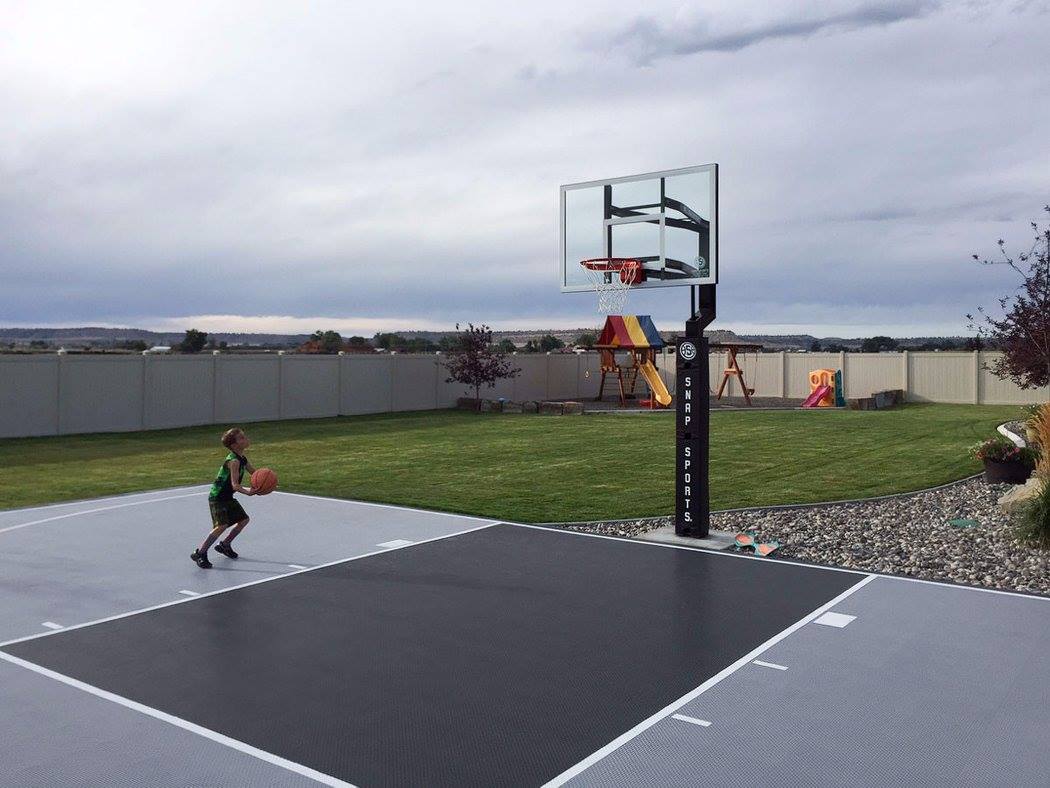
Residential Courts
We Build. You Play.
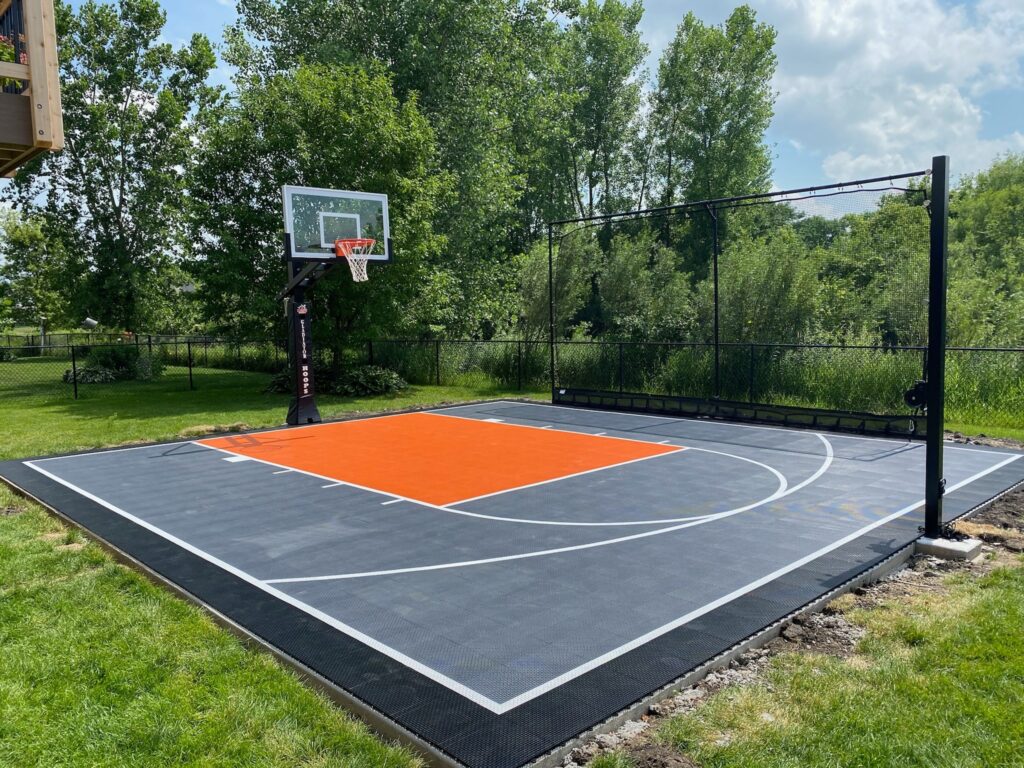
We Build. You Play.



If you’re on the quest to choose the ideal athletic court for your home, you’re likely aware that this decision involves multiple variables. From the type of sports you’ll be playing to the materials that suit your needs, budget considerations, and more—each aspect plays a crucial role. This comprehensive guide aims to demystify the process, providing you with key insights into selecting the right home athletic court. If you’re searching for a reliable path to make an informed decision on building a basketball court, tennis court, or pickleball court at home, you’ve landed on the right resource.
The first decision on your plate is to determine whether your home athletic court will be dedicated to a single sport like basketball or will serve multiple purposes like accommodating pickleball and tennis as well. Making this choice will not only influence the size and layout of your court but will also have implications for the type of surface material that will suit your sporting activities best. If your aim is a multi-game court, make sure you look into designs that allow easy adaptability for different games, which often include removable nets or adjustable marking lines.
The second key aspect you need to define is the level of play you aim to have on your court. Is your court intended merely for casual, recreational use or do you, or members of your household, have competitive aspirations? If you are building a court that will serve competitive athletes, you will need to go for high-quality surface materials and accessories that meet the regulations set by respective sports governing bodies. This is crucial for anyone who is seriously considering using the home court as a practice ground for professional or semi-professional level sports.
When it comes to choosing the surface material for an outdoor court, asphalt and concrete are commonly recommended for their durability and longevity. Concrete often provides a smoother finish, which is particularly beneficial for sports like basketball where a consistent ball bounce is necessary. However, concrete usually comes with a higher price tag compared to asphalt and may require professional-level installation for long-lasting benefits. These surfaces will need protective sealants and may require periodic resurfacing every 5-10 years, depending on wear and tear.
An alternative to hard surface materials like concrete and asphalt is modular flooring. This surface type provides better shock absorption and is easier on players’ joints. Modular sports flooring often features a snap-together design that makes for quicker, less labor-intensive installation and offers excellent drainage capabilities, which is particularly useful for outdoor courts exposed to rain and other weather elements. Plus, modular floors are easily replaceable in sections, which can be a cost-effective feature in the long run.
For tennis enthusiasts, clay and grass surfaces are often preferred for their unique ball play characteristics. For instance, clay surfaces offer slower ball speeds, while grass courts provide a faster game with lower ball bounces. However, both these surfaces come with higher maintenance requirements. Clay courts require regular watering and leveling, and grass courts need frequent mowing and may require periodic reseeding, thereby increasing the overall upkeep cost.
One of the essential factors in building a home athletic court is the available space. Refer to sport-specific guidelines for official dimensions; for example, a full-size basketball court typically requires a 94 by 50-foot area, while a standard tennis court would need a 78 by 36-foot area. Always remember to allocate additional space around the court boundaries for features like fencing, lighting, and seating for spectators.
Before you start the construction process, it’s imperative to consult your local zoning laws. Different municipalities may have varying regulations about the allowed size of an athletic court, its location relative to property lines, and even the type of court you can build. To avoid any legal complications down the line, make sure to obtain all necessary permits.
The orientation of your athletic court can dramatically impact the quality of play. For the best experience, orient your court so that players don’t face the sun during peak playing hours. Another significant aspect is drainage. A poorly designed drainage system can lead to water pooling on the court, making it unsafe and reducing the lifespan of the surface material.
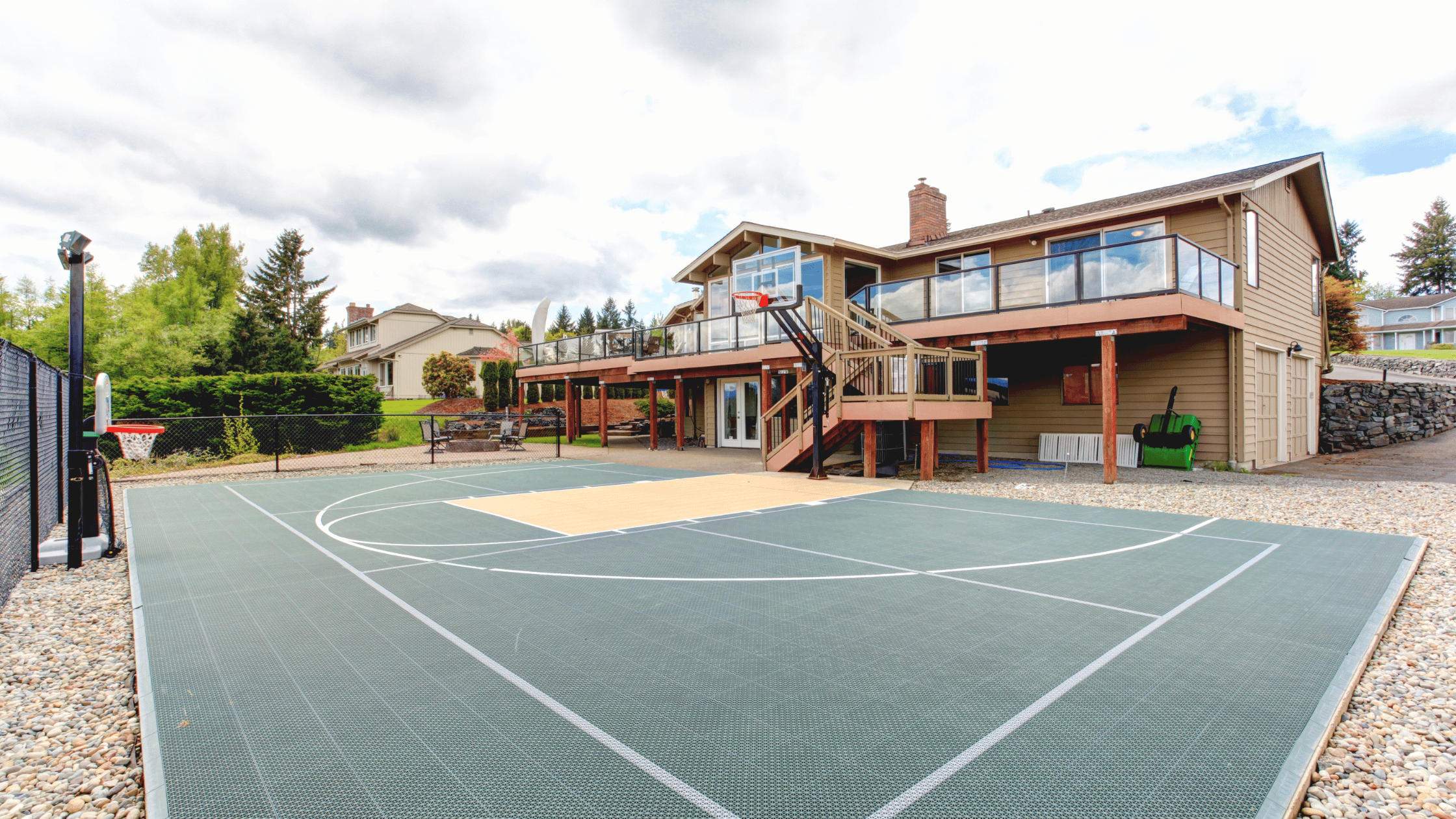
While optional, fencing is highly recommended for any home athletic court. It serves multiple functions such as preventing balls from exiting the playing area, adding an element of privacy, and enhancing security. Chain-link fences are the most cost-effective, but for aesthetic purposes, you can also consider wood or vinyl options.
For those who envision using the court during evening hours or in low-light conditions, investing in high-quality, weatherproof LED lighting is a must. Proper placement of lighting fixtures is essential to ensure even illumination across the court, thereby minimizing the potential for shadows and glare which could negatively impact play.
The last but not the least aspect to consider are the accessories that complete your home athletic court. These may include seating arrangements for players and spectators, storage solutions for balls and other sports equipment, and possibly even electronic scoreboards. If you’re planning a multi-game court, look for accessories that are adjustable or can be quickly switched out to accommodate different sports.
The process of choosing the ideal home athletic court involves multiple considerations from the type of sport you intend to play, surface materials, dimensions, and additional features like fencing and lighting. Each of these aspects influences not only the upfront cost but also the long-term value and enjoyment you’ll get from your court. By carefully planning each element, you’ll be better equipped to make a well-informed decision and enjoy a quality home athletic court for years to come. Find a reliable and experienced athletic court builder near you to get started on your dream home court.

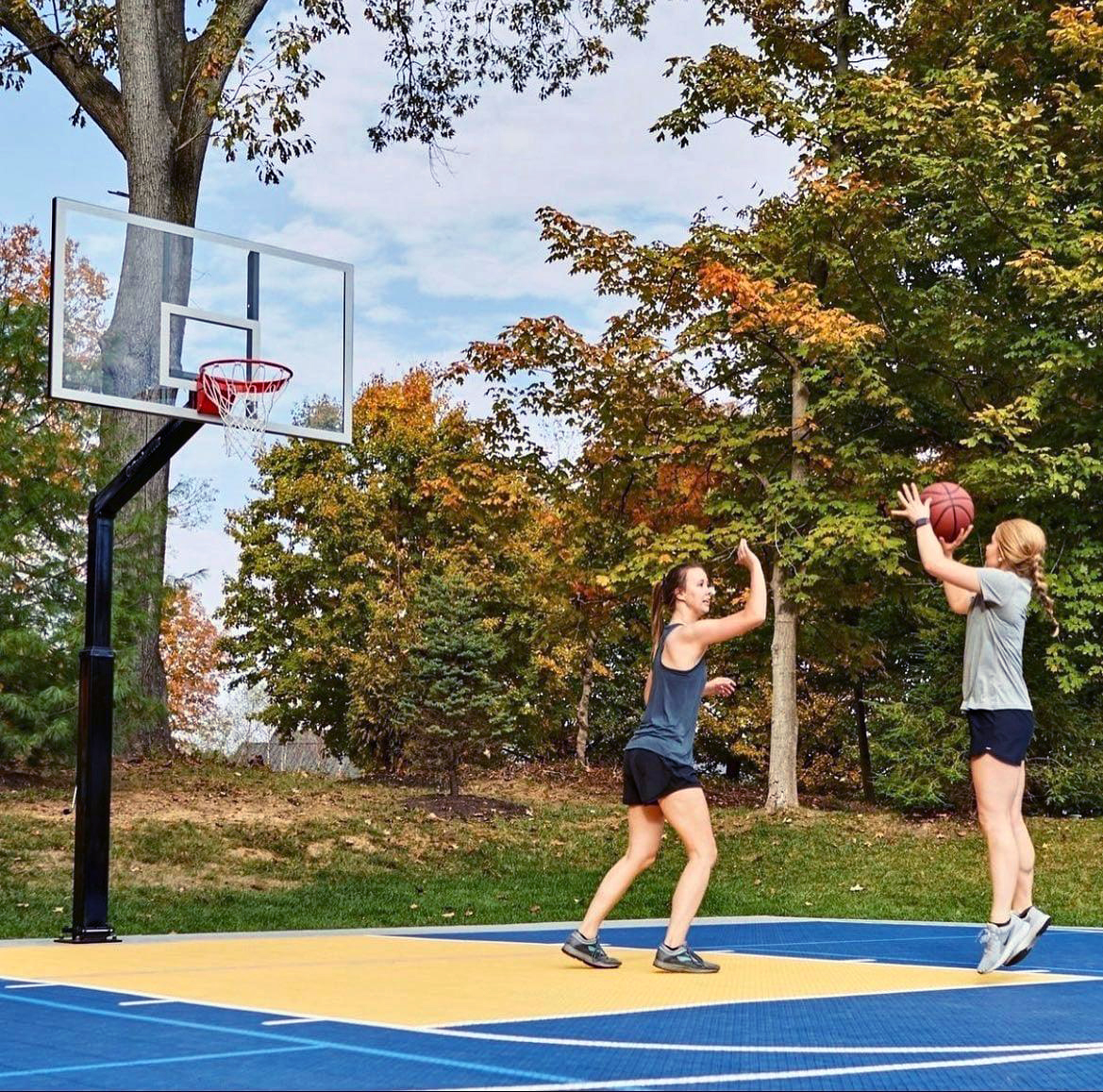

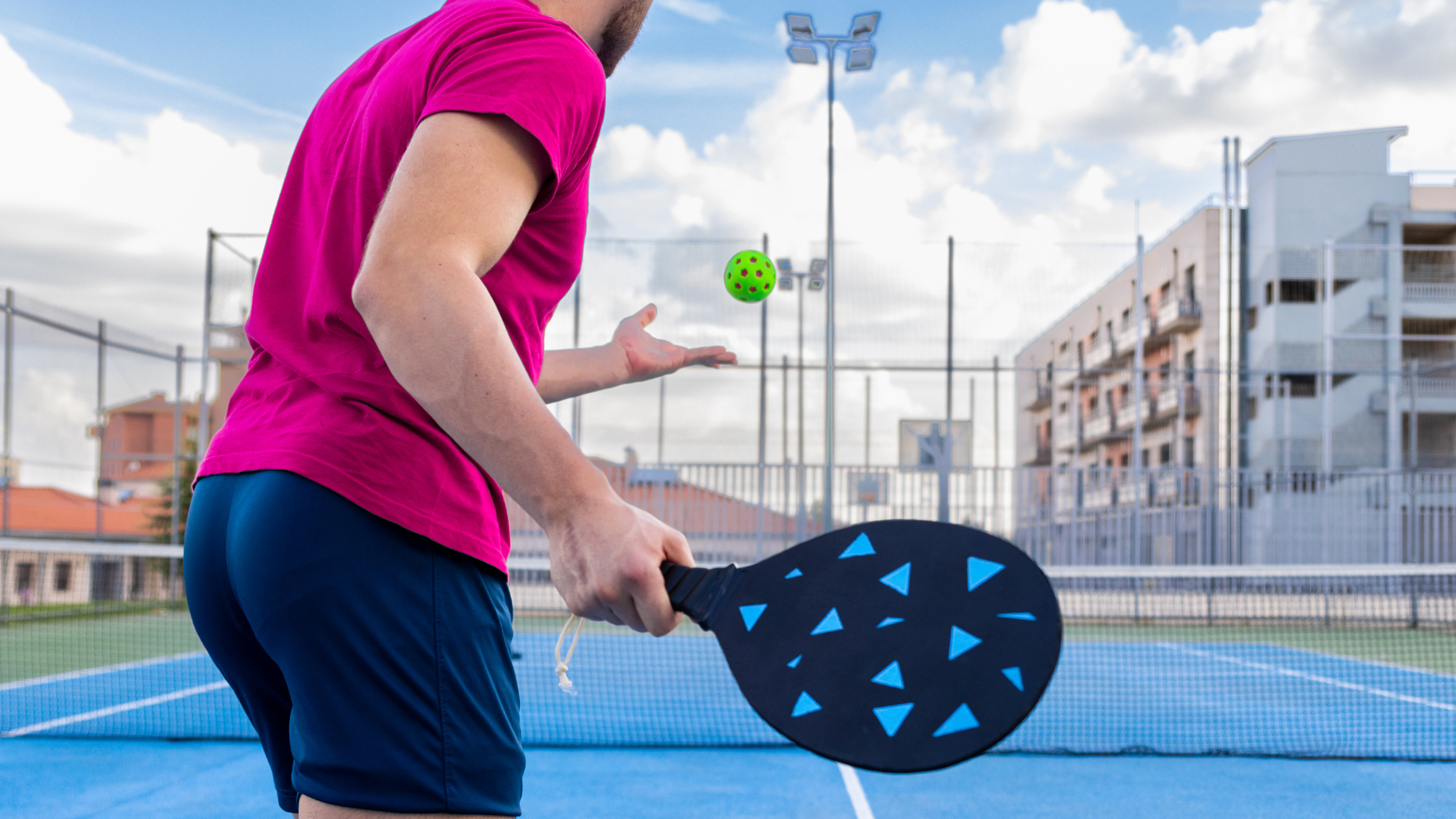
The Texas Leader in Multi-Sport & Modular Courts
® 2024, All American Courts. All Rights Reserved.